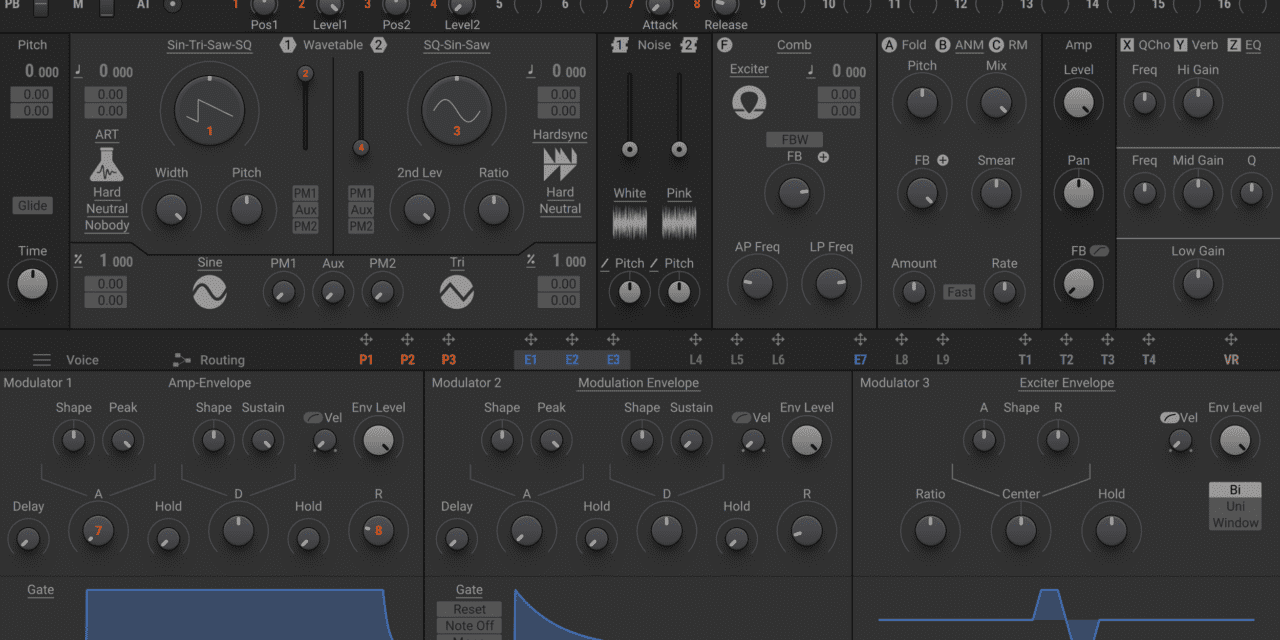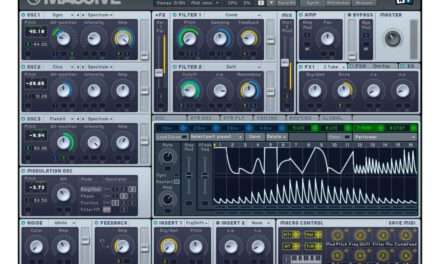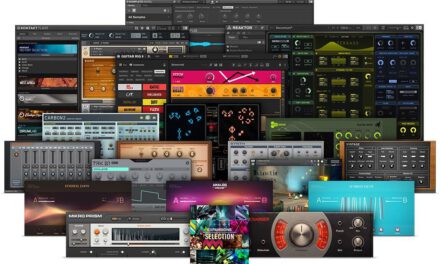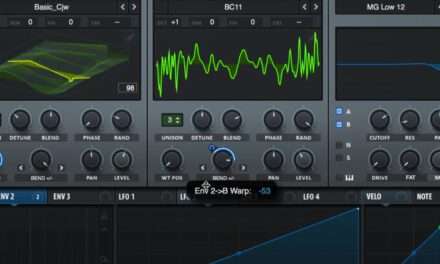When Native Instruments released the original Massive in 2007, it quickly became a game-changer in the world of software synthesizers. Its powerful wavetable engine and gritty, aggressive sound made it a go-to tool for producers in dubstep, drum and bass, and other bass-heavy genres. Over a decade later, Native Instruments unveiled its successor, Massive X, in 2019. But the journey to Massive X wasn’t just about building a better synth—it was about redefining what a modern software synthesizer could be. Let’s take a deep dive into the history of Massive X and how it came to be.
The Legacy of Massive
To understand Massive X, we first need to look back at its predecessor. The original Massive was a groundbreaking synth for its time. It introduced many producers to the world of wavetable synthesis, offering a unique blend of digital precision and analog warmth. Its iconic interface, with its grid-based modulation system and distinctive green visuals, became instantly recognizable.
Massive’s sound was equally iconic. Its aggressive basslines and evolving pads were a staple in electronic music, and its presets were used in countless hits. However, as technology advanced and the demands of producers grew, it became clear that Massive needed an upgrade. Native Instruments knew that simply tweaking the original wouldn’t be enough—they needed to create something entirely new.
The Birth of Massive X
Native Instruments first teased Massive X in 2017, sparking excitement and speculation among producers. The company promised a next-generation synth that would build on the legacy of Massive while introducing cutting-edge features and sound design capabilities. After two years of development, Massive X was officially released in June 2019.
The goal of Massive X wasn’t just to replace Massive—it was to push the boundaries of what a software synth could do. Native Instruments rebuilt the synth from the ground up, with a new sound engine, a modular interface, and a focus on flexibility and creativity. The result was a synth that felt both familiar and revolutionary.
Key Features and Innovations
Massive X introduced a host of new features that set it apart from its predecessor and other synths on the market:
- Dual Wavetable Engine: Each oscillator in Massive X can load two wavetables simultaneously, allowing for complex, layered sounds. The wavetable editor gives users unprecedented control over shaping and modulating their sounds.
- Modular Interface: Massive X’s interface is built around a modular node-based system, where users can visually route and connect different modules. This approach makes it easy to understand the signal flow and experiment with new ideas.
- Advanced Modulation: With 10 routing slots and a wide range of modulation sources (including LFOs, envelopes, and performers), Massive X offers unparalleled flexibility for sound design.
- New Filters and Effects: Massive X features a collection of analog-modeled filters and high-quality effects, including reverb, distortion, and the unique Shaper and Phase Mod effects.
- Feedback Bus: One of the most innovative features is the feedback bus, which allows users to route audio back into the signal path for experimental and chaotic results.
The Reception
When Massive X was released, it received a mixed but largely positive reception. Many producers praised its sound quality and flexibility, calling it a worthy successor to the original Massive. The dual wavetable engine and modular interface were particularly well-received, as they opened up new possibilities for sound design.
However, some users found the learning curve steep, especially those who were accustomed to the simplicity of the original Massive. The lack of a built-in preset browser was also a point of criticism, as it made organizing and browsing presets less convenient.
Despite these challenges, Massive X quickly found its place in the studios of professional producers and sound designers. Its ability to create complex, evolving textures made it a favorite for cinematic scoring, while its aggressive bass capabilities kept it relevant in electronic music.
Updates and Improvements
Since its release, Native Instruments has continued to support Massive X with updates and new content. These updates have included new wavetables, presets, and bug fixes, as well as improvements to the user interface and workflow. Native Instruments has also integrated Massive X more closely with its Komplete Kontrol hardware, making it easier for users to control the synth with hands-on knobs and faders.
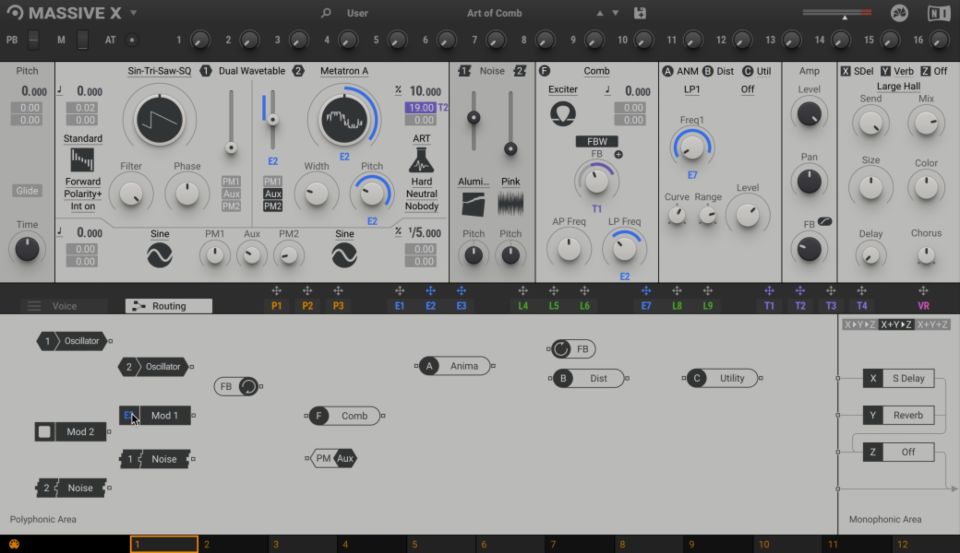
Massive X Today
Today, Massive X stands as one of the most powerful and versatile software synthesizers on the market. While it may not have achieved the same level of ubiquity as its predecessor, it has carved out a niche among producers who value depth, flexibility, and cutting-edge sound design.
For many, Massive X represents the evolution of wavetable synthesis. It’s a synth that honors the legacy of Massive while pushing the boundaries of what’s possible in digital sound design. Whether you’re crafting lush pads, aggressive basslines, or experimental soundscapes, Massive X offers the tools and flexibility to bring your ideas to life.
Conclusion: A New Chapter in the Massive Legacy
Massive X is more than just a synth—it’s a testament to Native Instruments’ commitment to innovation and creativity. By building on the strengths of the original Massive while introducing new features and capabilities, Native Instruments has created a synth that is both a tribute to the past and a vision of the future.
For producers and sound designers, Massive X is a tool that invites exploration and experimentation. It’s a synth that rewards those who are willing to dive deep and push the limits of their creativity. And while it may not be for everyone, there’s no denying that Massive X is a worthy successor to one of the most iconic synths of all time.
If you haven’t yet explored Massive X, now is the time to dive in. Whether you’re a longtime fan of the original Massive or a newcomer to wavetable synthesis, Massive X offers a world of sonic possibilities waiting to be discovered. 🎛️✨


